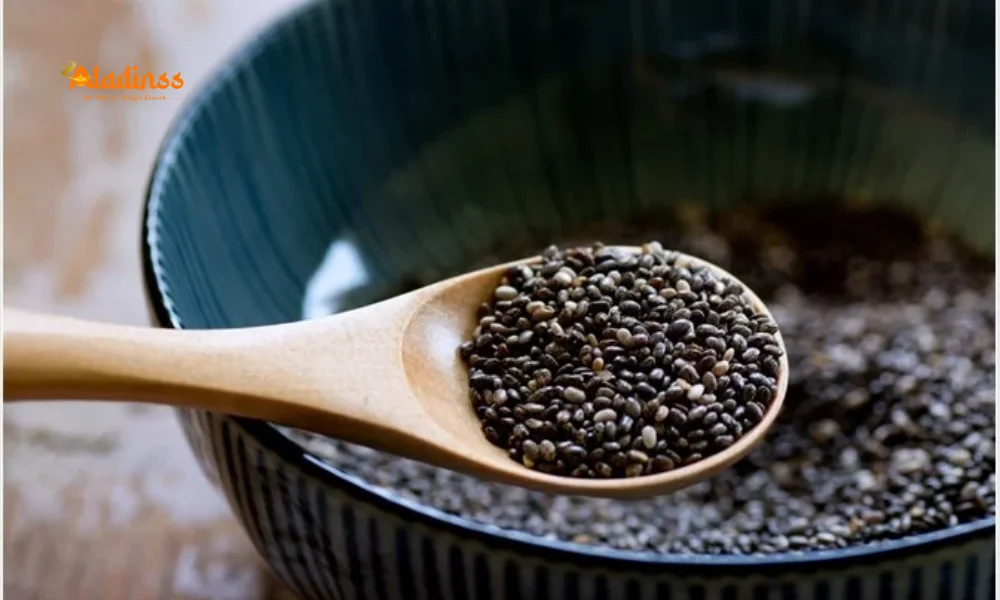Traditional Indian Foods for a Disease-Free Life
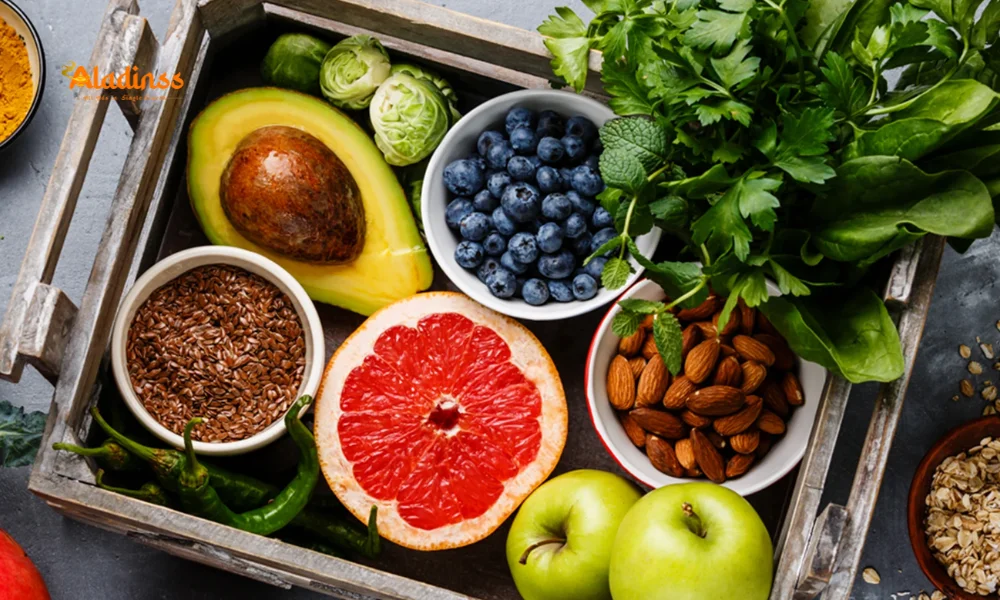
Want a Disease-Free Life? Rediscover These Traditional Indian Foods
In the quest for a healthy, disease-free life, the wisdom of Ayurveda offers timeless guidance. Unlike modern views that treat food merely as sustenance, Ayurveda regards food as medicine, a vital pillar of well-being alongside sleep and a balanced lifestyle. Traditional Indian foods, such as millets, pulses, and whole grains, are not only nutrient-dense but also deeply rooted in cultural and medicinal practices. These superfoods, celebrated for their ability to balance the body’s doshas—Vata, Pitta, and Kapha—can play a crucial role in preventing lifestyle diseases like diabetes, hypertension, and obesity. This article explores why these ancestral foods are making a comeback and how they can pave the way for a healthier future.
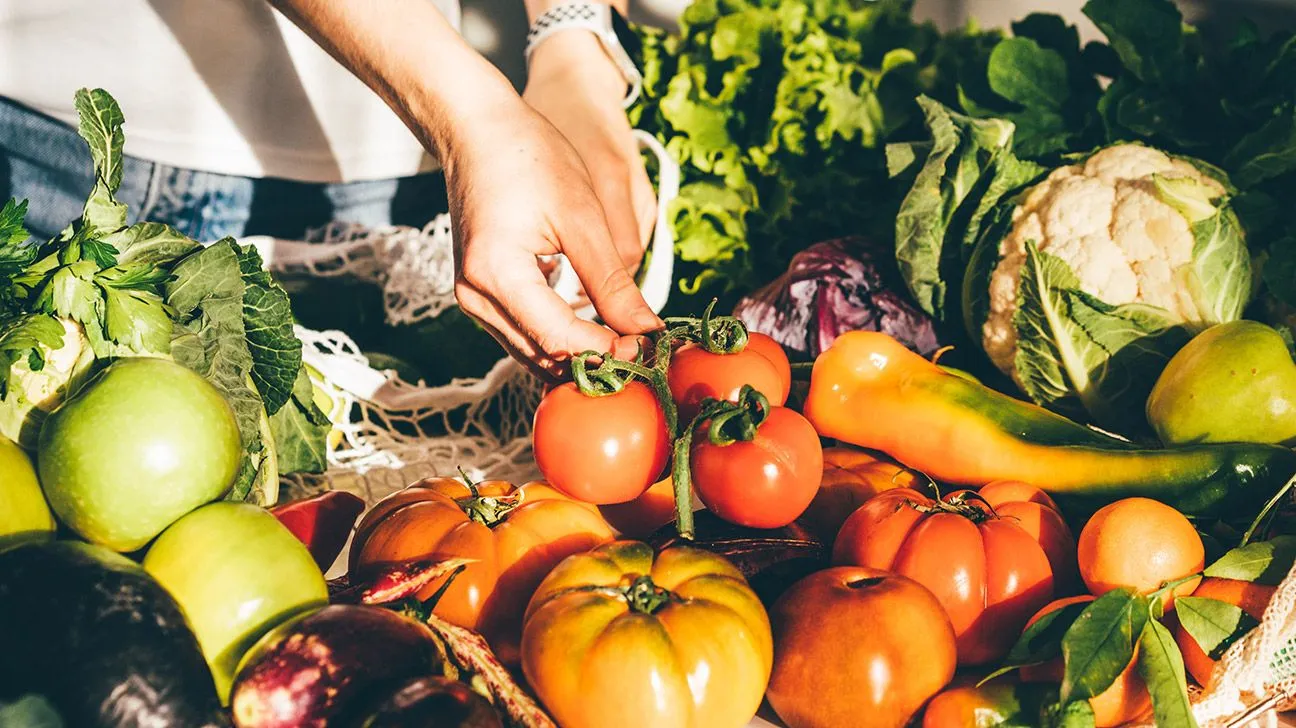
Ayurveda’s Approach to Food as Medicine
Ayurveda, India’s ancient system of medicine, emphasizes that food is a cornerstone of health. It categorizes foods based on their ability to balance the three doshas—Vata (air and space), Pitta (fire and water), and Kapha (earth and water). When doshas are in harmony, the body thrives; when imbalanced, they contribute to diseases. Traditional Indian foods like millets, pulses, and whole grains are designed to restore this balance, providing essential nutrients while supporting digestion and metabolism.
According to Ayurvedic principles, the digestive fire, or agni, is critical for health. Properly cooked foods that are easy to digest, such as lentils, chickpeas, and barley, strengthen agni, ensuring efficient nutrient absorption and waste elimination. These foods are rich in fiber, plant-based proteins, and minerals, making them ideal for preventing chronic conditions. By incorporating these time-tested foods into modern diets, individuals can harness their medicinal properties to combat lifestyle diseases.
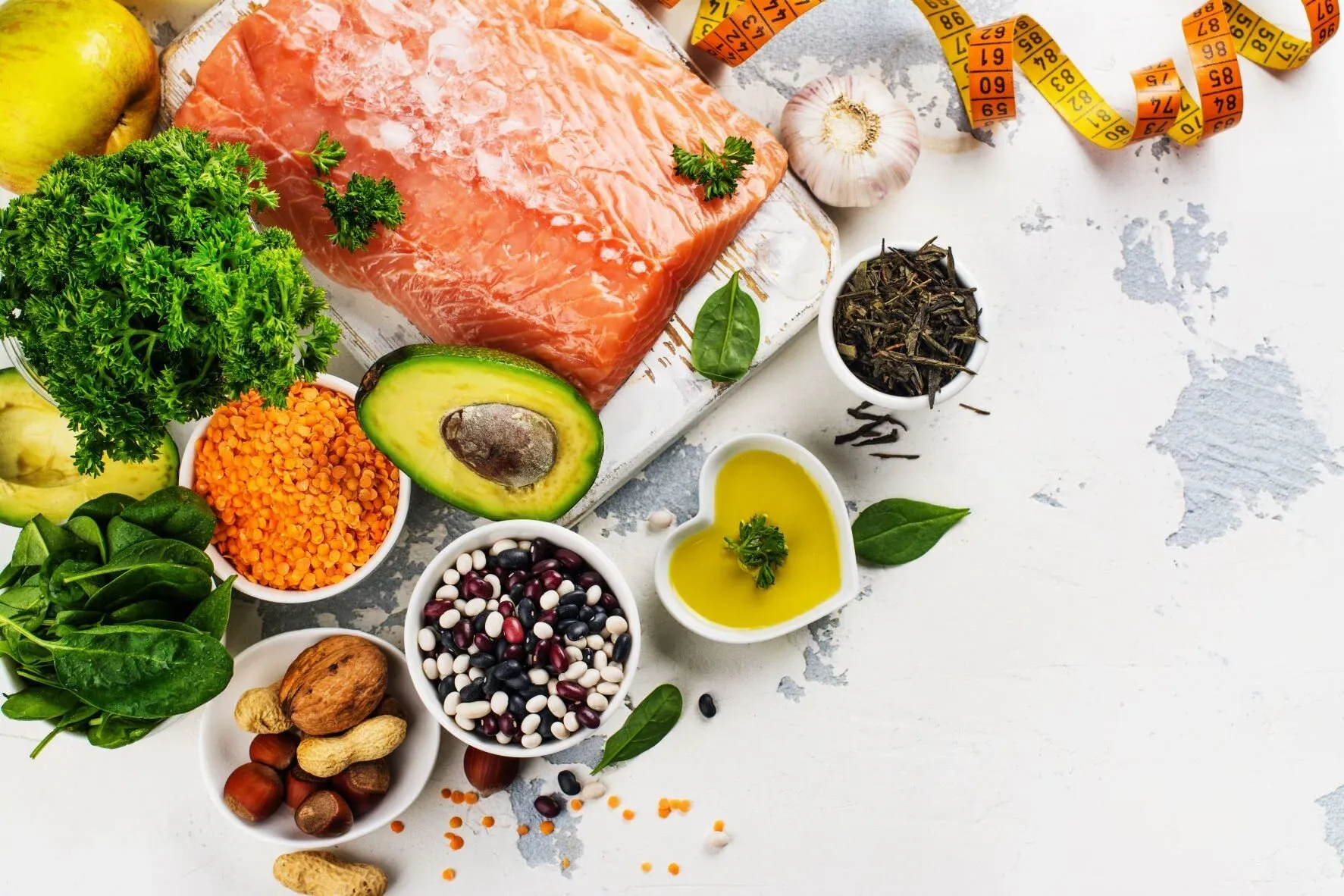
The Power of Millets
Millets, such as sorghum (jowar), pearl millet (bajra), and finger millet (ragi), are small grains packed with nutritional benefits. These ancient grains are naturally gluten-free, high in fiber, and rich in essential minerals like magnesium, iron, and calcium. Ayurveda highlights their warming properties, which make them particularly effective for balancing Vata and Kapha doshas, especially during colder seasons.
A 2021 study in the Journal of Food Science and Technology noted that millets have a low glycemic index, making them ideal for managing blood sugar levels and preventing diabetes. Their high fiber content promotes satiety, aiding weight management, while antioxidants like polyphenols reduce inflammation, a key factor in heart disease. For example, ragi is rich in calcium, supporting bone health, while bajra provides iron, combating anemia. Incorporating millets into meals—through porridges, flatbreads, or salads—can enhance health and prevent lifestyle diseases.
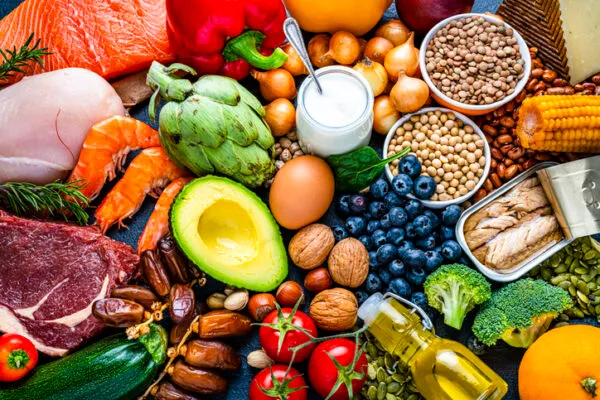
Pulses: The Heart of Indian Nutrition
Pulses like rajma (kidney beans), chickpeas (chana), and lentils (masoor, moong, toor) are staples in Indian cuisine and powerful allies in achieving a disease-free life. These plant-based protein sources are easily digestible and balance all three doshas, making them versatile for various body types. Pulses are rich in fiber, iron, and folate, supporting digestion, blood health, and cardiovascular function.
Lentils, for instance, are high in soluble fiber, which lowers LDL cholesterol and stabilizes blood sugar, as per a 2018 study in the American Journal of Clinical Nutrition. Chickpeas, packed with protein and resistant starch, improve gut health and reduce the risk of obesity. Rajma provides antioxidants like anthocyanins, which protect against inflammation and oxidative stress. Properly cooked pulses—soaked and spiced with digestion-enhancing ingredients like cumin or ginger—strengthen agni, ensuring optimal nutrient absorption and minimal digestive discomfort.
Also Read: Cooking Oils That Increase Heart Attack Risk
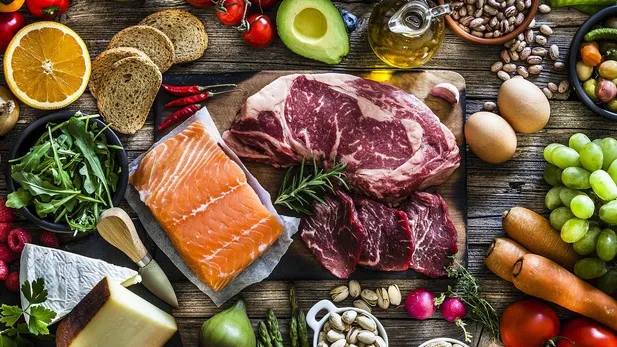
Whole Grains: Rice and Barley
Whole grains like rice and barley are integral to Indian diets and offer significant health benefits. Brown rice, with its intact bran layer, is rich in fiber, magnesium, and B vitamins, supporting healthy metabolism and fat reduction. Barley, known as yava in Ayurveda, is particularly effective for reducing excess fat and balancing Kapha dosha. Its high beta-glucan content lowers cholesterol and improves insulin sensitivity, as evidenced by a 2020 study in the Journal of Nutrition.
These grains are slow-digesting, preventing blood sugar spikes and promoting sustained energy. Ayurveda recommends cooking rice and barley with spices like turmeric or black pepper to enhance digestibility and medicinal properties. For example, barley porridge or khichdi made with moong dal is a nutrient-packed meal that supports weight management and detoxification, making it ideal for combating lifestyle diseases.
Why Traditional Foods Are Vital Today
The rise of lifestyle diseases—diabetes, hypertension, obesity, and heart disease—has prompted a renewed interest in traditional Indian foods. These superfoods are rich in dietary fiber, slow-digesting carbohydrates, and essential micronutrients, making them effective for long-term health maintenance. For instance, millets and pulses have a low glycemic index, which helps regulate blood sugar and prevent insulin resistance, a key factor in type-2 diabetes. Their high fiber content promotes satiety, aiding weight control, while minerals like potassium and magnesium support heart health.
A 2022 study in The Lancet highlighted that diets rich in whole grains and legumes reduce the risk of cardiovascular diseases by up to 20%. The anti-inflammatory properties of these foods, derived from antioxidants like polyphenols and flavonoids, combat oxidative stress, a major contributor to chronic diseases. By reintroducing millets, pulses, and whole grains into daily diets, individuals can address the root causes of modern health issues while honoring India’s culinary heritage.
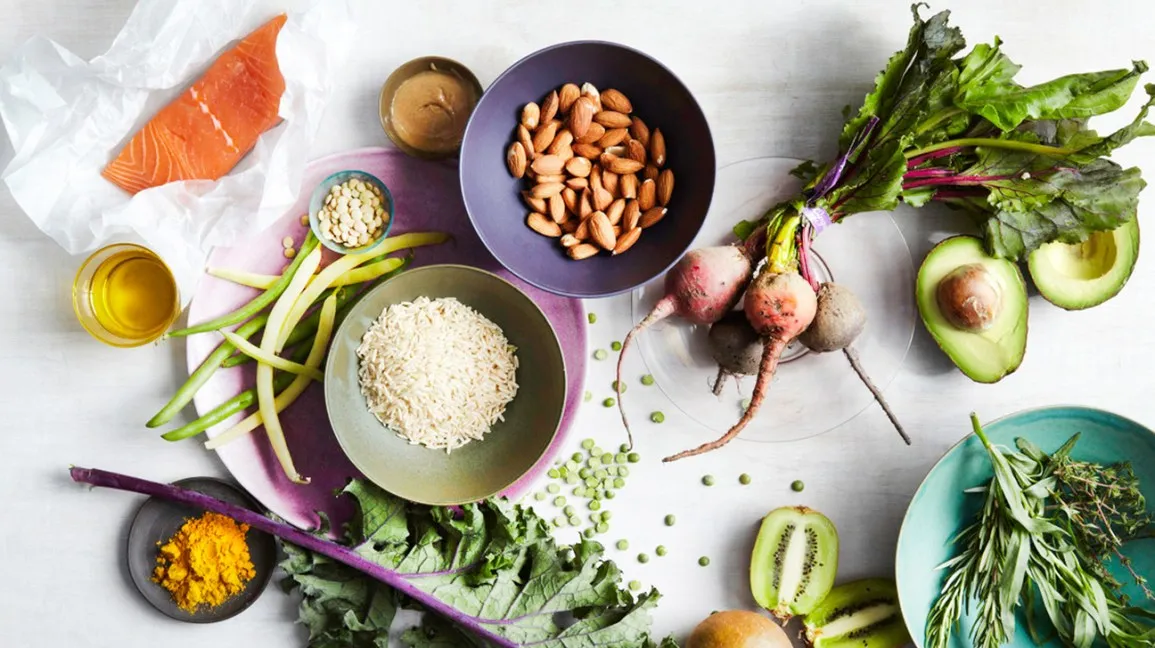
Reviving Traditional Foods in Modern Kitchens
Several companies and health initiatives are working to bring traditional Indian foods back into mainstream diets. Brands are promoting millets through ready-to-cook products like millet-based noodles, snacks, and baking flours, making them accessible to urban consumers. Similarly, organic and cold-pressed pulses are gaining popularity for their purity and nutritional value. Restaurants are incorporating dishes like ragi dosa, barley khichdi, and lentil-based curries, blending tradition with modern culinary trends.
Government initiatives, such as the United Nations’ declaration of 2023 as the International Year of Millets, have further boosted awareness. India, the world’s largest millet producer, is leveraging this momentum to promote these grains globally. Farmers’ markets and online platforms are making it easier to access high-quality, locally sourced grains and pulses, encouraging consumers to adopt healthier eating habits.
How to Incorporate These Foods
To maximize the health benefits of traditional foods, proper preparation is key. Soak pulses like chickpeas and rajma overnight to improve digestibility and reduce anti-nutrients like phytic acid. Cook millets and grains with spices like cumin, turmeric, or asafoetida to enhance flavor and agni. For example, a simple meal of moong dal khichdi with brown rice and vegetables is both nutritious and easy to digest.
Incorporate variety by rotating grains and pulses weekly. Try ragi porridge for breakfast, chickpea curry for lunch, and barley soup for dinner. Apps like HealthifyMe or MyFitnessPal can help track nutrient intake, ensuring a balanced diet. Combining these foods with regular exercise, adequate sleep (7–8 hours), and stress management practices like yoga can amplify their disease-preventing benefits.
Cultural and Health Synergy
India’s traditional foods are more than nourishment; they are a bridge between culture and health. Millets, pulses, and whole grains carry centuries of wisdom, aligning with modern nutritional science to combat lifestyle diseases. Their affordability and availability make them accessible to all, while their versatility allows for creative culinary applications. By embracing these superfoods, individuals can honor their heritage while building a foundation for a disease-free life.
Comment / Reply From
No comments yet. Be the first to comment!

